One of the most exciting parts about growing your agency is getting the opportunity to expand your team and hire new people. The only downside? Determining the best process for training and onboarding your new hires.
While it may be tempting to give your new employees a brief overview of your agency and then throw them into the deep end, that approach isn’t going to serve you in the long run.
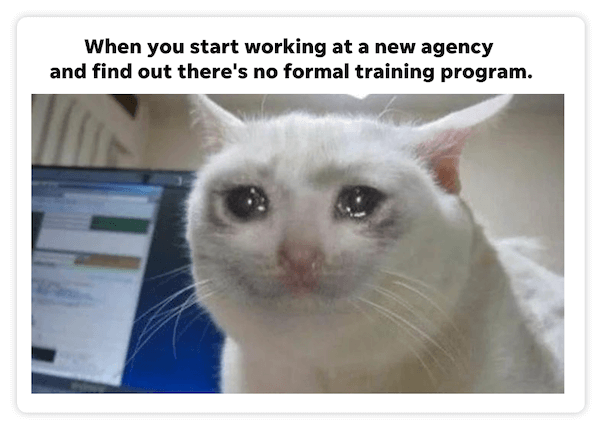
Just like when you teach someone how to swim, you have to ease your new employees into your business, equip them with the information and tools to succeed, and then support them until they can keep their heads above water.
So how do you train new hires for your agency and set them—and your business—up for success?
In this post, we’re sharing:
- Why training new hires is important
- 7 tips for how to train new employees
- Best practices to keep in mind during the employee onboarding process
Why training new hires is so important
Training and development is an important step for onboarding new employees—no matter the role or business type. In fact, a good onboarding process leads to nearly 70% of employees staying at their company at least three years.
For agencies, onboarding is even more crucial as the right training program can not only make or break the success of your business—but your clients’ businesses as well.
Here are some reasons training new hires is so important.
Your tech stack has a learning curve
Your agency likely uses a full stack of technology systems, platforms, and tools. Some of these may be general platforms or cross-functional collaboration tools that your new hires are already familiar with, such as Google Analytics or Slack. But, there are probably others that are proprietary to your agency.
These internal systems are typically meant to simplify campaign management, reporting, and communication, but they can present their own sets of challenges for new users.
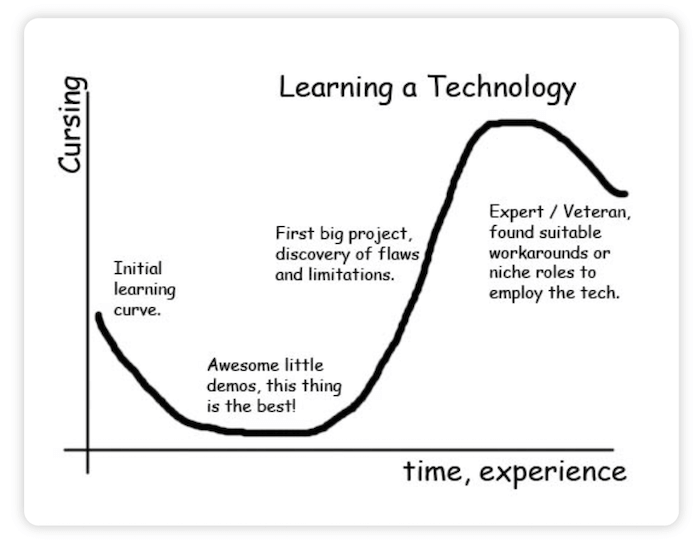
It’s important during the onboarding and training process to outline the different tools, systems, and platforms your new hires are expected to use, the best ways to use these systems, and any tips or tricks for using them the right way.
By taking the time to detail the agency systems and tools they’ll be using—often on a daily basis—you can set them up for a quick turnaround from training to running and managing campaigns or performing their day-to-day tasks.
It’s important for knowledge sharing & best practices
After working within your agency for a couple of months, your employees gain tips and best practices that may not be documented anywhere. These are the small pieces of information they pick up after doing the job consistently. This is one of the reasons retaining employees is so valuable; existing employees understand the ins-and-outs of your business, your clients, and how to perform efficiently.
A formal training program should include documented best practices, tips, and insights to give hires a solid understanding of the work they’ll be doing and how to do it according to your agency’s standards. But your program should also include job shadowing and knowledge sharing from your existing employees.
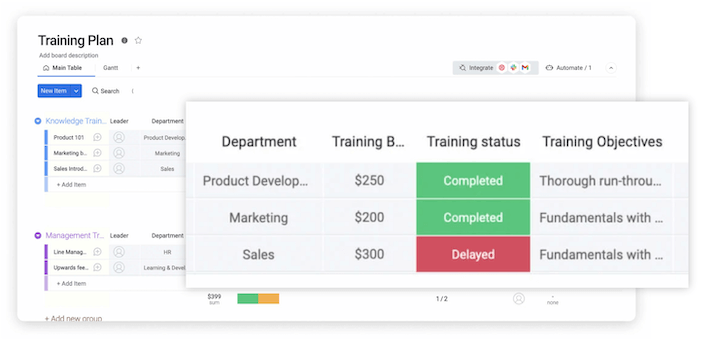
This training plan template includes sessions with different departments.
It’s one thing to talk about how to do something, but it’s another to see how it’s done and try it yourself.
By equipping new employees with this in-house knowledge during the training process, you’re setting them up for success.
It impacts the client experience
The success of your agency comes down to the service and results you provide your clients. If your new employees aren’t trained, then it’s going to trickle down to your clients.
Either your new employees won’t know how to provide the level of service clients are accustomed to, they’ll be unequipped to continue delivering results, or it will take them much longer to perform their necessary duties, which could leave clients frustrated.
Taking the time to train new employees ensures you’re prioritizing client relationships.
7 tips for how to train a new employee
Use these tips to create your onboarding and training process for new hires.
1. Clearly outline expectations
Setting expectations is a great first step when training a new employee. This not only means setting expectations about what the training and onboarding process will look like, but expectations around what you expect from your new employee.
Here are some ways to do that:
- Clearly-defined job description. A good job description is helpful beyond the recruitment and hiring process. It should be reiterated when training new employees because it clearly outlines what’s expected of them long-term but also what they can expect to be doing on a daily basis. If your job descriptions don’t explicitly outline daily job duties as well as overall goals, give them a refresh for the onboarding process.
- Formal training process. Documenting and presenting a formal training process outlines what new employees can expect from their first week (or weeks) of working with your agency. This can include training sessions they’ll be attending, objectives for learning, and shadowing existing employees.
- 30-60-90-day plan. Creating a plan for your new employee that communicates what you want them to accomplish and learn within 30, 60, and 90-days can keep them on track during the onboarding process. This plan can include specific milestones your agency sees as a key to success, such as conducting a first client call, closing a new client, or completing an online course.
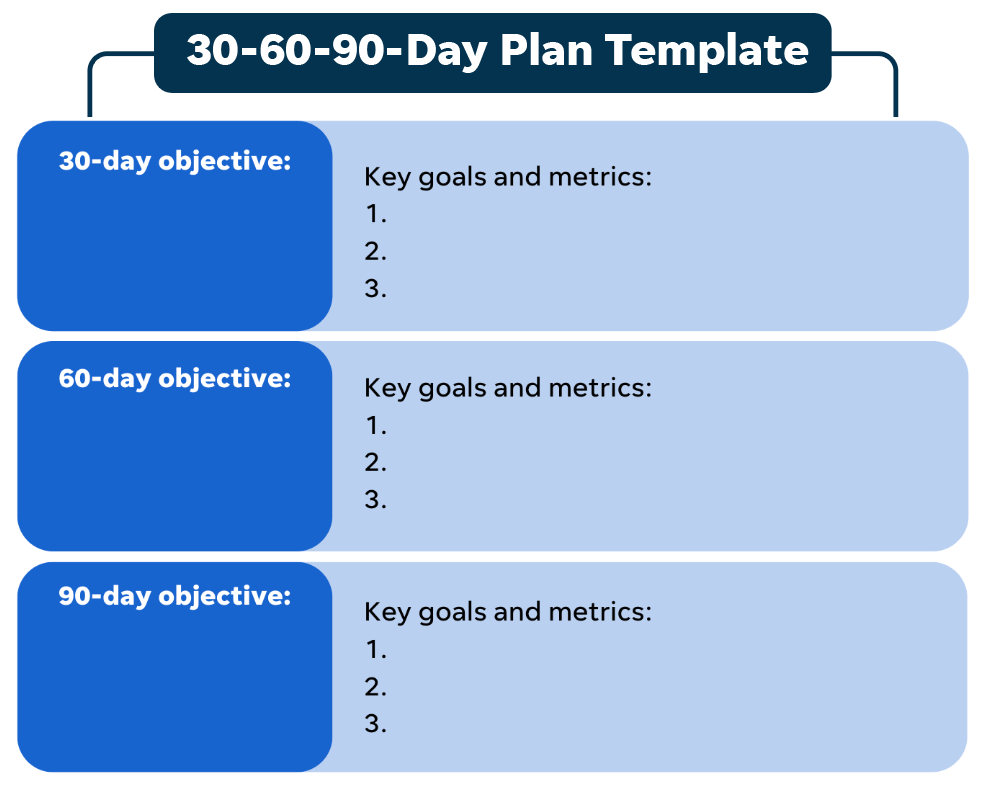
By putting together these documented plans and processes, you’re clearly communicating with your new hire and giving them a roadmap for success with your agency.
2. Understand your new hire’s needs and opportunities
Each new hire will be different in terms of their background, experience, and gaps. While you’ll likely gather much of this information during the hiring process, it’s important to get a true sense of your new hire’s needs and opportunities during training.
This can be done in a few different ways, including an informal conversation or a standardized assessment your agency creates.
Giving your new hire opportunities to ask questions throughout the training process can also give you an idea of where they may need more focused practice.
By tailoring your training to your new hire’s needs, you can keep them engaged and excited rather than bored by areas of expertise they’ve already masted.
3. Share your mission statement or agency purpose
Your new hire is now part of your team. You want them to embrace your mission and your purpose. In fact, employees that are aligned with a business’s mission are less likely to think about leaving their company and are more engaged. Engaged employees can contribute an additional 21% in profitability and a 20% increase in productivity.
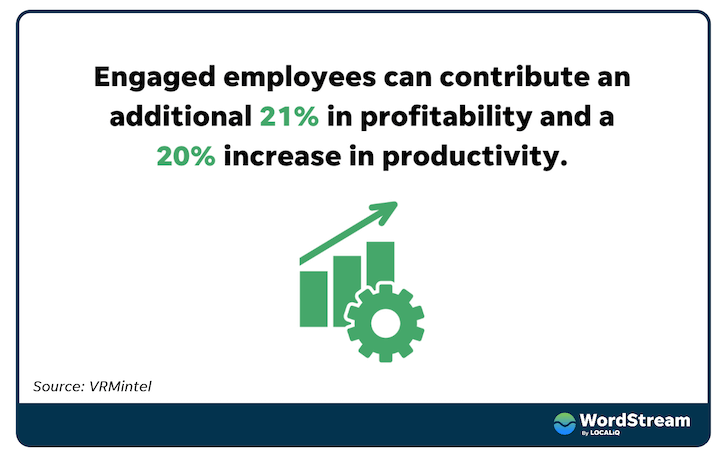
Share your mission statement or agency purpose with your new hire. You can also provide an overview of why your agency exists, who you exist for, and any other areas you’re most proud of.
For example, if your agency offers matched volunteer hours, share an example of some of the organizations employees have supported through those hours in the past.
You can also share case studies and stories about your clients and how your agency has helped them. By showing a passion for your business—and your clients’ businesses—you can get new employees excited about the work they’ll be doing.
4. Share internal knowledge
As mentioned earlier, training is a prime opportunity for existing employees to share learned best practices and insights.
By partnering your new hires with existing employees, you can also help foster connections. This can lead to a better experience for the new employees and increased retention. One study found that 86% of new employees who had a mentor during the onboarding phase were more likely to stay with their company long-term.
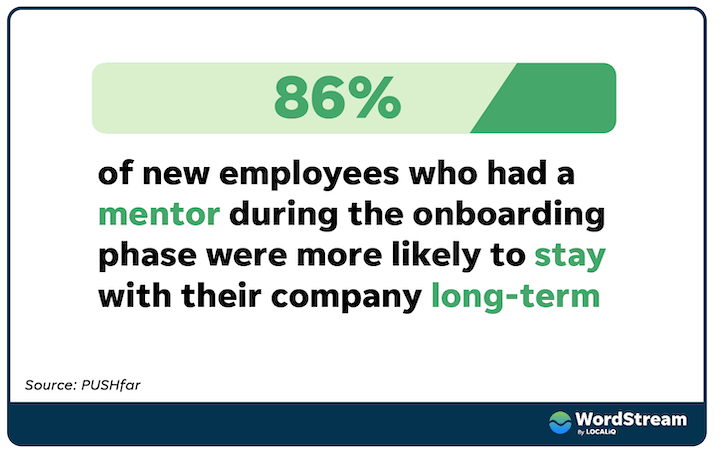
This is also a great opportunity to spotlight your superstar employees, giving them an outlet to showcase their expertise and show how much you value their knowledge and contributions to your agency.
Have existing employees either create and present their experience with your agency, what they’ve learned, and their favorite thing about working with you. Or have new hires book time one-on-one with existing employees to either ask questions or shadow them on the job.
This hands-on learning can build on the foundational information you’re providing new hires and show them what it looks like in action.
5. Schedule mock client calls
If your new employees will be working with clients, you can incorporate practice sessions into your training program.
Mock client calls can help you gauge where a new hire has grasped the necessary information from your training and where they might need to improve. It also lets them see what they might expect from clients.
Treat these mock calls like the real deal by having new hires reach out as if you were a client, schedule the call via Zoom (or whatever program you use), and record the call for training purposes.
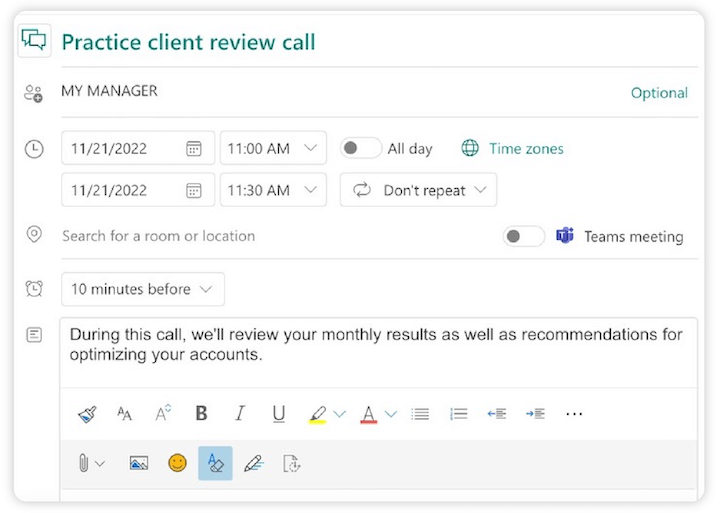
By replicating the process from start-to-finish, you’re giving your new hires the full experience and building their confidence with the material.
6. Keep your new hire engaged
The training and onboarding process can be tedious and overwhelming for new hires. There’s a lot to learn in a short amount of time. And if your agency has remote employees, it may be even more difficult to keep them engaged—or gauge how they’re feeling.
Build in different types of learning throughout your training program to cater to the different ways people learn. Some enjoy watching videos while others enjoy learning from others (or learning by doing).
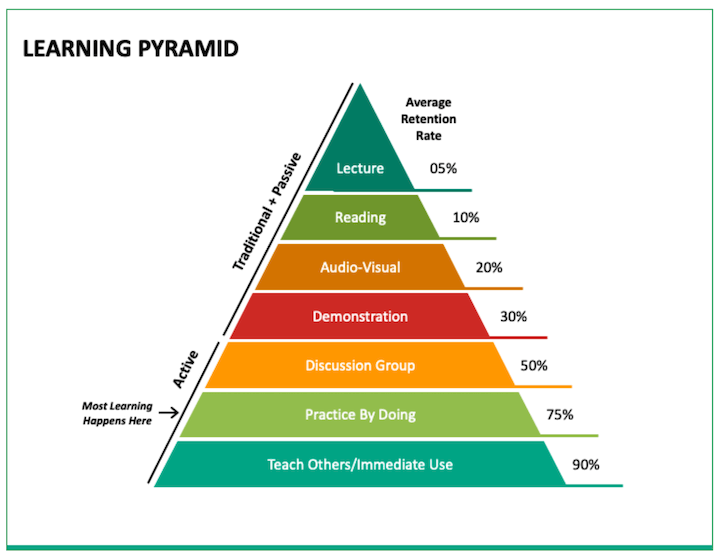
You might also consider building in less structured time where new hires can network with existing employees, ask questions, or just learn more about the agency and the people who work there.
Building a strong culture is important and can start for new hires during the training process.
7. Check in after onboarding
Once your new employee is fully trained and has flown the nest, schedule time to check in so they can ask questions, share what they’ve learned, or follow up on an area they were hoping to improve.
This is also a great time to talk with your new employee about career goals and growth. Once they’ve had a little experience and time working with your agency, they may have an idea of the paths for growth. By giving them to space to share these goals and provide feedback, you can focus on retaining them long-term.
Make training new hires work for your agency
Creating the right training program for your agency will likely take some trial and error. But investing the time in this important part of growing and scaling your agency is worth it in the long run.
To recap, here are the seven tips for training new employees:
- Clearly outline expectations
- Understand your new hire’s needs and opportunities
- Share your mission statement or agency purpose
- Share internal knowledge
- Schedule mock client calls
- Keep your new hire engaged
- Check in after onboarding
The post How to Train a New Employee: 7 Tips for Growing Agencies appeared first on WordStream.




Recent Comments